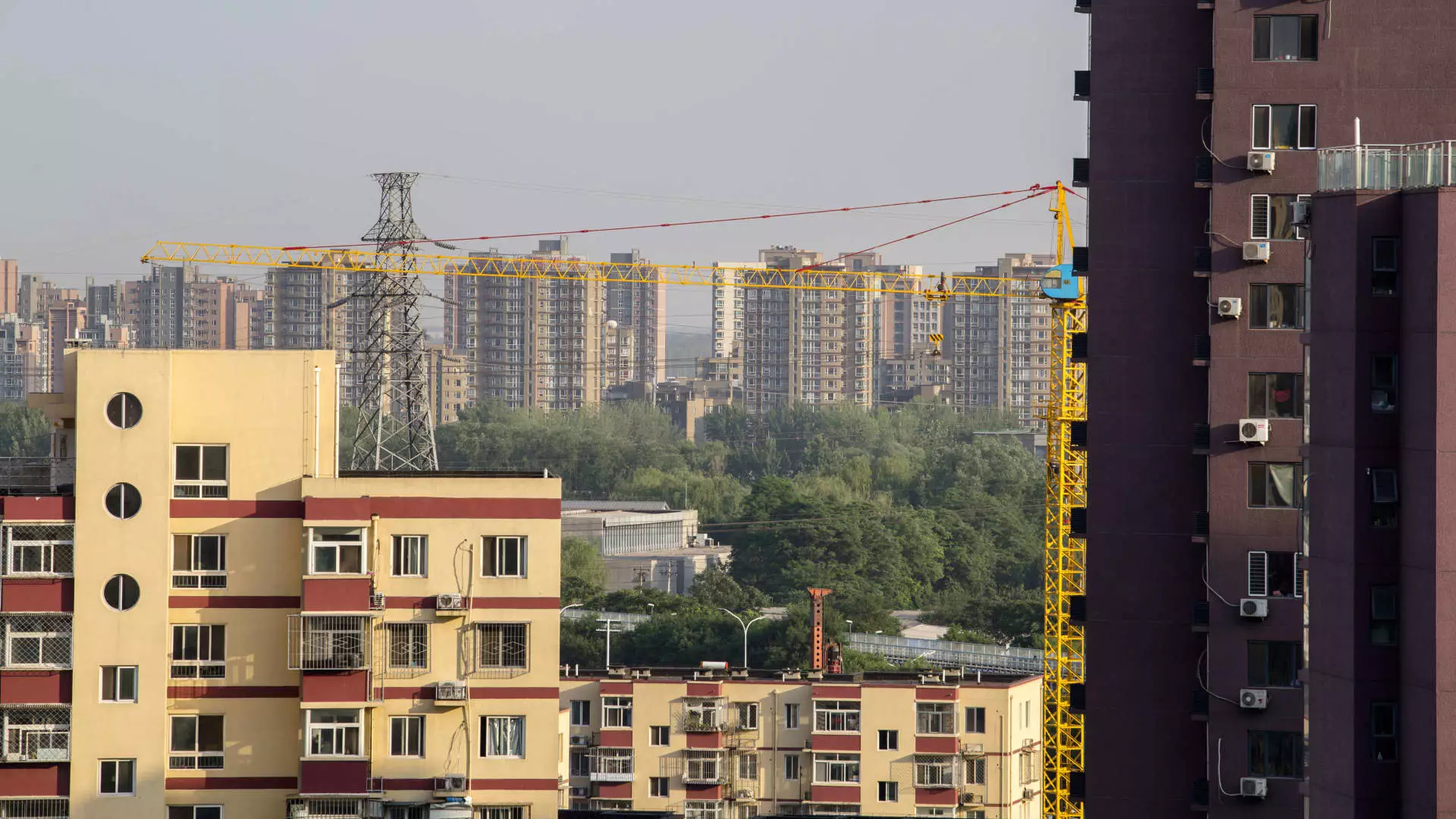The Chinese real estate market has been grappling with significant difficulties in recent years, marked by a drop in property-related investments and increasing pressure on household finances. This sector, once a powerhouse innovation and growth driver for the Chinese economy, has faced declining sales and rising debt levels. In light of these challenges, recent statements from prominent financial officials have sparked discussions on potential recovery strategies. On a notable Tuesday, the People’s Bank of China (PBOC) unveiled plans for monetary easing designed to offer immediate relief to families and restore momentum in the beleaguered property market.
In a high-profile press conference, PBOC Governor Pan Gongsheng announced several pivotal measures, including a reduction of interest rates on existing individual mortgages by an average of 0.5 percentage points. This represents a significant shift in policy, particularly as it aligns the down-payment ratio for second homes with that of first homes, lowering it from 25% to 15%. These adjustments stand to relieve consumers of an estimated 150 billion yuan (approximately $21.25 billion) in mortgage interest payments annually. The immediate market reaction was palpable, as the Hang Seng Mainland Properties Index surged 5%, reflecting renewed investor confidence.
Notable real estate developers like China Resources Land and Longfor Group Holdings also saw their stock prices spike, with gains reaching up to 5.41% shortly after the announcement. Such reactions underscore the market’s sensitivity to governmental policy changes, highlighting the potential for regulatory frameworks to shift investor sentiment and market performance.
However, while these new measures appear promising at face value, it is critical to examine their efficacy against the backdrop of earlier interventions that have failed to spark a significant rebound in the property sector. Real estate investment dropped over 10% in the first eight months of the year compared to the same period in the previous year, indicating that these measures must not only exist but also deliver tangible results. Analysts have pointed out that rate cuts alone may not sufficiently stimulate demand for new homes, suggesting that the newly established rates could even hinder the potential for further reductions in loan prime rates, adversely affecting future borrowing.
Furthermore, critics argue that simplistic monetary easing will not address the more profound structural issues facing the market. These include unregulated loan practices, the growing burden of household debt, and the long-term financial stability of property developers. Bruce Pang, chief economist at JLL, has voiced that while immediate support is necessary, measures must be comprehensive to rehabilitate the sector sustainably.
For a well-rounded recovery to take place, a multifaceted approach is essential. Supporting developers requires targeted policy initiatives that not only alleviate debt burdens but also encourage further property investment and construction activities. Just as critical is the need for the government to assist families and mitigate housing costs effectively. This is a complex endeavor, as it necessitates balancing the interests of developers with the needs of homeowners.
In light of conversations suggesting the potential for renegotiating lending terms or allowing homeowners to refinance with different banks, it remains to be seen how these measures will unfold before the end of the calendar year. Such initiatives could inject renewed flexibility within the market, enabling homeowners to navigate their financial challenges more adeptly.
In concluding, while the Chinese government’s newly introduced monetary easing measures serve as a crucial step in addressing the immediate financial strains faced by families and the real estate sector, the long-term recovery will rely on a committed, holistic approach. Stakeholders across the board urgently need a systemic solution that encompasses financial flexibility for homeowners, robust support for developers, and sustainable growth strategies for the industry as a whole. This is no simple task, yet without a pathway to revitalizing both demand and investor confidence, the prospects for a meaningful rebound in China’s real estate market remain uncertain.

